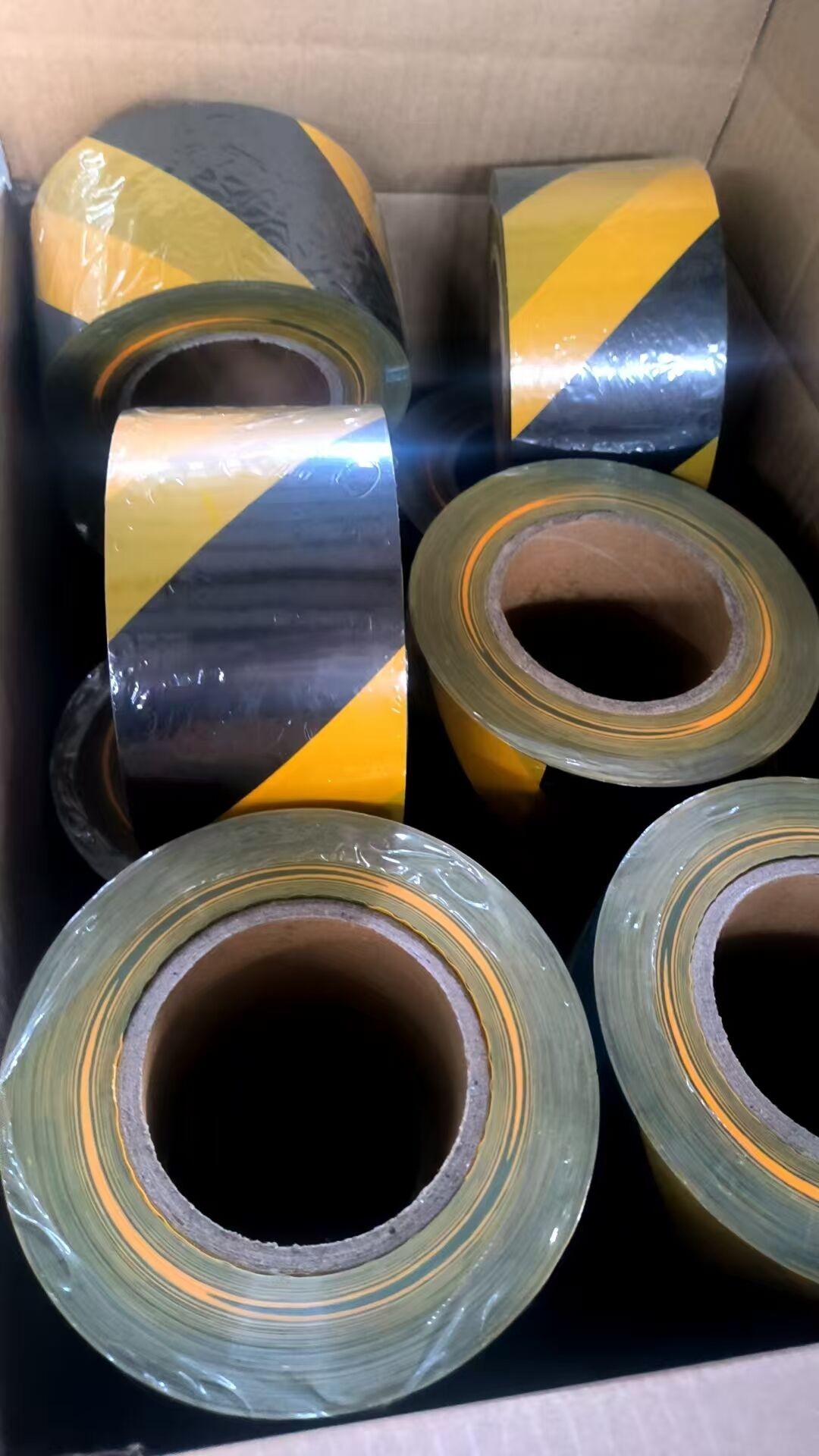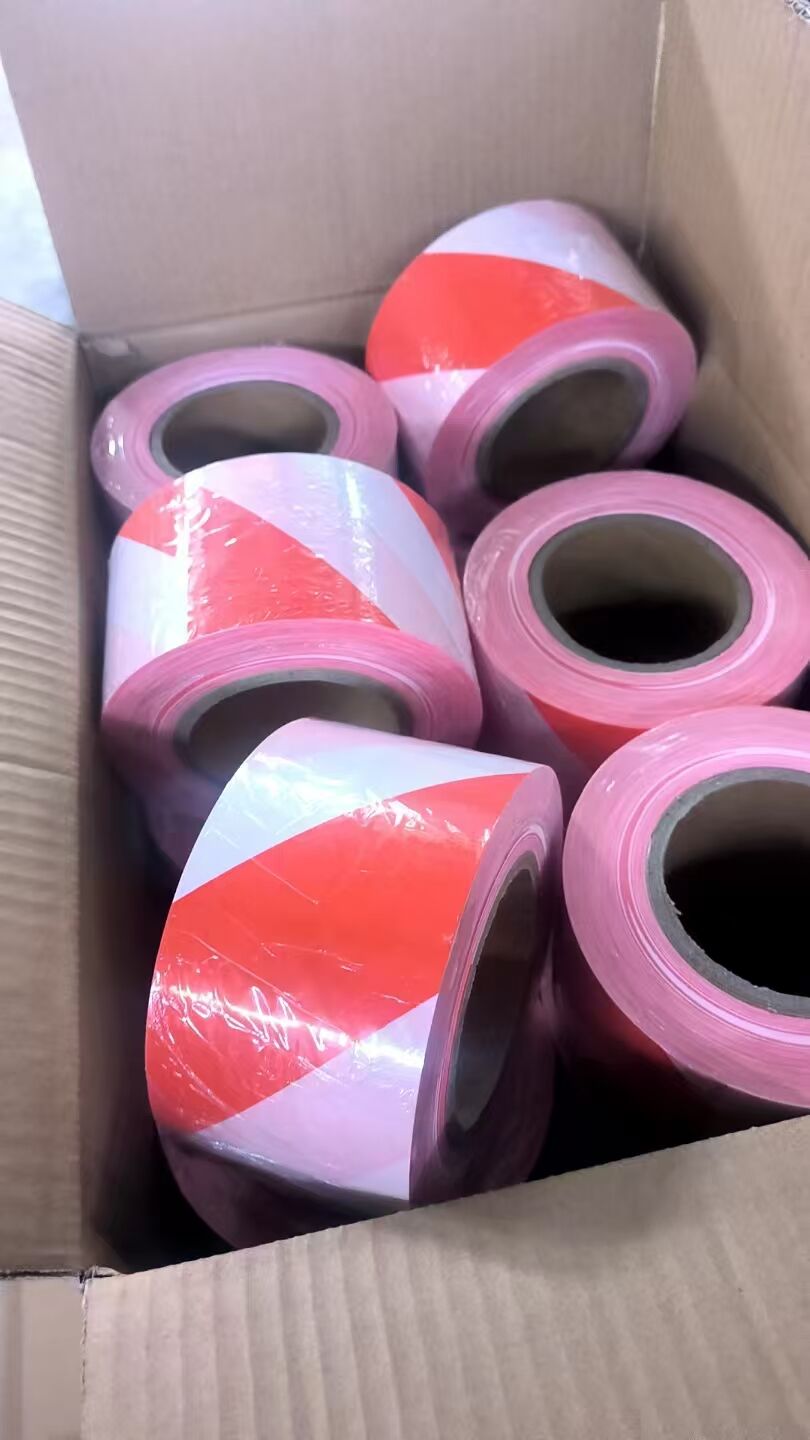Understanding the Power of Light-Reflecting Technology for Safety
In an era where safety is paramount, reflective tape has emerged as a crucial tool in enhancing visibility and preventing accidents across various environments. This remarkable material transforms ordinary surfaces into highly visible markers during low-light conditions, effectively bouncing light back to its source and creating unmistakable visual cues for drivers, workers, and pedestrians. The technology behind reflective tape has evolved significantly, offering increasingly sophisticated solutions for both road safety and workplace accident prevention.
From highway barriers to construction vehicles, and from safety vests to industrial equipment, reflective tape serves as a silent guardian, working tirelessly to protect lives through enhanced visibility. Its applications continue to expand as industries recognize its effectiveness in preventing accidents and improving overall safety conditions.
The Science Behind Reflective Tape Technology
Retroreflection Principles and Materials
At its core, reflective tape utilizes advanced retroreflective technology, which involves microscopic glass beads or prismatic elements embedded in a specialized material. When light hits these components, it bounces back directly to its source rather than scattering in multiple directions. This unique property ensures that drivers see bright reflections from their vehicle headlights, making marked objects highly visible even in complete darkness.
The manufacturing process involves multiple layers, including a reflective layer, protective coating, and adhesive backing. Each component plays a vital role in ensuring the tape's durability and effectiveness across various environmental conditions.
Different Types and Grades
Reflective tape comes in several grades, each designed for specific applications. Engineering grade tape provides basic reflectivity suitable for indoor applications and short-term outdoor use. High-intensity grade offers enhanced brightness and durability, making it ideal for outdoor signage and vehicle marking. Diamond grade represents the highest level of reflectivity, commonly used in highway safety applications and emergency response vehicles.
Color options extend beyond the traditional white and yellow, including red, blue, and green variants. Each color serves specific purposes and complies with different safety standards and regulations.
Applications in Road Safety Enhancement
Vehicle Visibility Solutions
Commercial vehicles benefit significantly from reflective tape applications, with regulations requiring specific patterns and coverage areas. Long-haul trucks typically feature conspicuity tape along their sides and rear, creating a distinctive outline visible from considerable distances. Emergency vehicles utilize specialized patterns and colors to ensure maximum visibility during critical situations.
Personal vehicles can also benefit from strategic placement of reflective tape, particularly on areas like bumpers, side panels, and cargo areas. This additional visibility layer provides extra protection during nighttime driving or adverse weather conditions.
Infrastructure and Signage Applications
Road infrastructure relies heavily on reflective tape for marking hazards, boundaries, and guidance elements. Construction zones utilize various patterns and colors to direct traffic safely around work areas. Permanent installations include bridge supports, guardrails, and road markers, all enhanced with reflective materials to prevent collisions and guide drivers effectively.
Traffic signs incorporate high-grade reflective tape to ensure visibility at all hours, with different retroreflective levels chosen based on the sign's importance and location. This strategic use of reflective materials significantly improves road navigation and safety.

Workplace Safety Applications
Indoor Facility Safety Marking
Industrial facilities utilize reflective tape to mark potential hazards, emergency exits, and equipment boundaries. Warehouse environments benefit from floor marking systems that designate pedestrian walkways, forklift paths, and storage areas. The high visibility provided by reflective tape helps prevent accidents and improve workflow efficiency in low-light conditions.
Emergency equipment locations, such as fire extinguishers and first aid stations, are clearly marked with reflective tape to ensure quick access during power outages or emergencies. This simple yet effective system can save crucial seconds when time is of the essence.
Outdoor Work Zone Protection
Construction sites and outdoor work zones rely heavily on reflective tape to protect workers and equipment. Temporary structures, equipment, and barriers are marked to ensure visibility during both day and night operations. Personal protective equipment (PPE) incorporating reflective elements has become standard practice, significantly reducing the risk of worker-vehicle collisions.
Mobile equipment and tools are often marked with reflective tape to prevent accidents during nighttime operations. This practice has proven particularly valuable in mining, forestry, and other industries operating in remote or poorly lit areas.
Installation and Maintenance Best Practices
Surface Preparation and Application Techniques
Proper installation of reflective tape begins with thorough surface preparation. The substrate must be clean, dry, and free from contaminants to ensure optimal adhesion. Temperature conditions during application play a crucial role in the tape's long-term performance, with most manufacturers recommending specific temperature ranges for installation.
Application techniques vary depending on the surface type and tape grade. Proper pressure during application ensures full contact between the adhesive and surface, while careful attention to overlap and corner treatments prevents premature failure or peeling.
Maintenance and Durability Factors
Regular inspection and maintenance of reflective tape installations ensure continued effectiveness. Cleaning methods should be appropriate for the tape grade and environment, avoiding harsh chemicals that might damage the reflective surface. Replacement schedules depend on exposure conditions, with high-traffic or severe weather areas requiring more frequent updates.
Environmental factors such as UV exposure, chemical exposure, and physical wear affect the tape's lifespan. Understanding these influences helps in selecting appropriate grades and implementing effective maintenance programs.
Frequently Asked Questions
How long does reflective tape typically last?
The lifespan of reflective tape varies significantly based on its grade and environmental exposure. High-quality grades can last 5-7 years under normal conditions, while engineering grade materials might need replacement after 3-5 years. Regular maintenance and proper installation can extend these timeframes considerably.
Can reflective tape be removed without damaging surfaces?
Most reflective tapes can be removed safely using heat or specific adhesive removers. The process requires patience and proper techniques to prevent surface damage. Professional removal services are recommended for large-scale applications or sensitive surfaces.
What are the most effective colors for maximum visibility?
White and yellow typically offer the highest visibility in most conditions. Red is highly effective for rear marking, while fluorescent colors provide excellent daytime visibility. The choice often depends on specific applications and compliance requirements.
How should reflective tape be cleaned to maintain effectiveness?
Gentle cleaning with mild soap and water is usually sufficient for maintaining reflective tape. Avoid abrasive materials or harsh chemicals that could damage the reflective surface. Regular cleaning helps maintain optimal retroreflective properties and extends the tape's useful life.

